Wind turbines necessitate regular maintenance to ensure their longevity and optimal performance. This maintenance typically includes inspections, cleaning, lubrication, and repairs. Inspectors utilize a variety of tools to examine turbine components such as blades, nacelle, tower, and generator, often taking measurements and photographs to assess their condition. Cleaning is crucial for removing debris, which can be done manually or through automated systems. Lubrication is applied to reduce wear and tear, while repairs might involve replacing damaged parts like blades and bearings.
The frequency of maintenance varies, influenced by factors such as turbine type, age, installation location, and the level of wind energy produced. Horizontal axis wind turbines, common in high-wind areas, typically require more frequent upkeep than vertical axis turbines found in regions with less intense winds. Preventative and predictive maintenance strategies are employed to prevent breakdowns and ensure efficient operation. Predictive maintenance, for instance, uses sensors and software to monitor conditions and predict when repairs are needed.
Poor maintenance can lead to reduced electricity production and increased operational costs. To avoid such issues, regular inspections and timely repairs are crucial. Operators should also ensure that turbines are running at maximum efficiency by using quality components and maintaining the blades properly. By adhering to these practices, wind farm owners can minimize the risk of curtailment and maximize the energy output of their turbines.

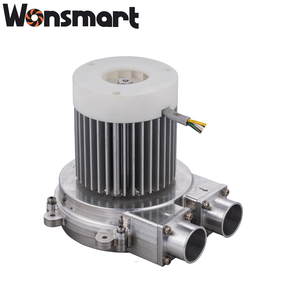

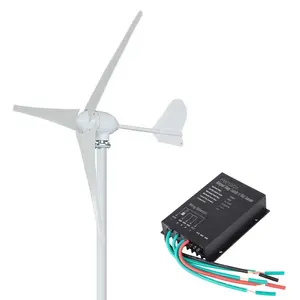





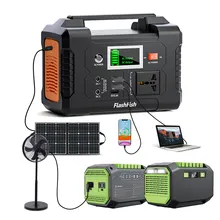









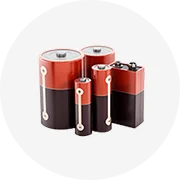
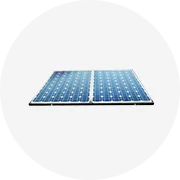
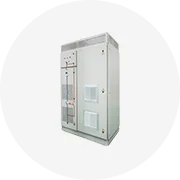
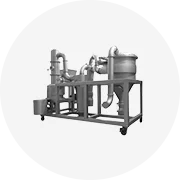
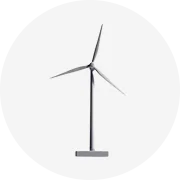
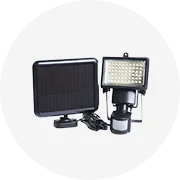
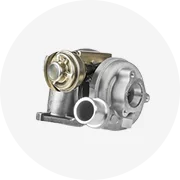
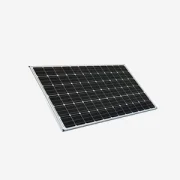








 浙公网安备 33010002000092号
浙公网安备 33010002000092号 浙B2-20120091-4
浙B2-20120091-4